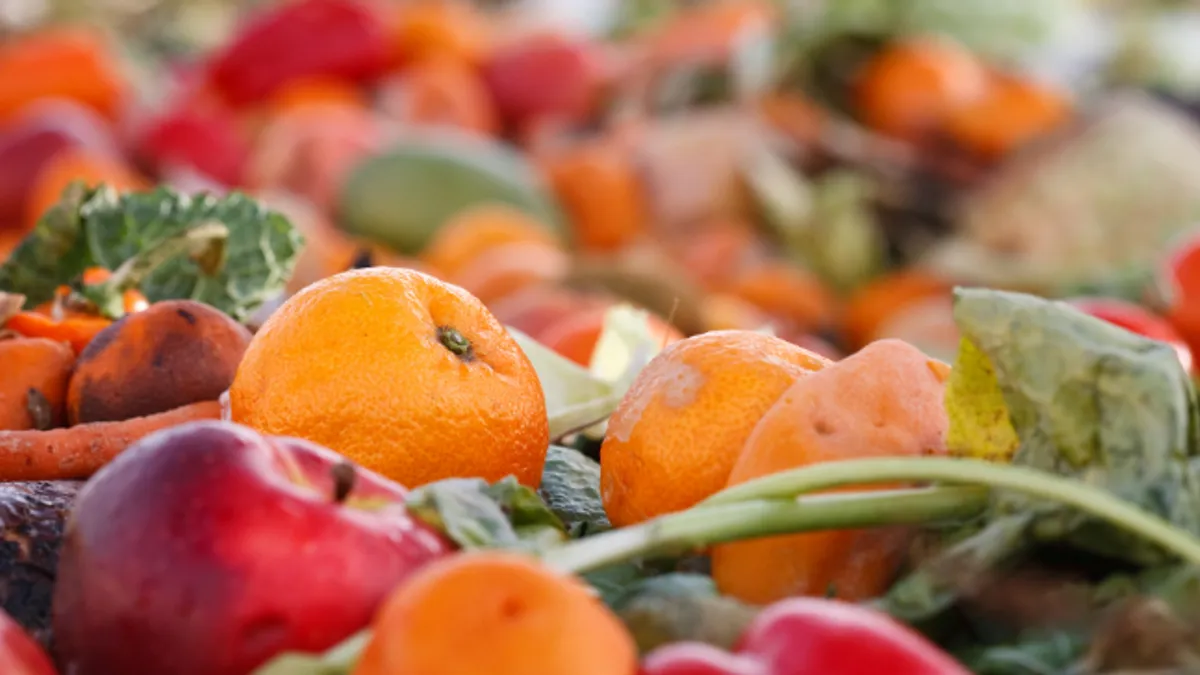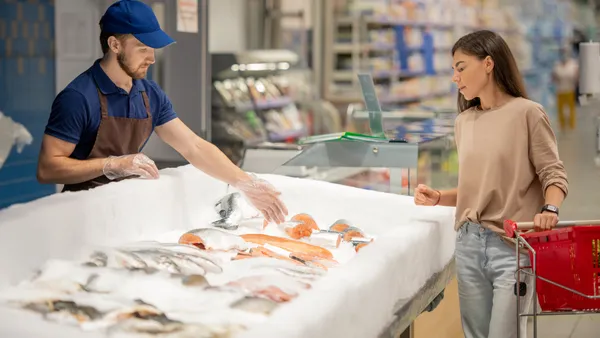-
Global food waste is unacceptably high, at around a third of total production globally – 40% of that occurring in the supply chain.
-
A number of technologies are emerging to reduce waste, and there is an opportunity to implement cost-effective and scalable solutions.
-
A detailed picture of what is taking place within a supply chain is essential for improvement, and traceability plays a central role.
-
Better batch- and item-level traceability can create benefits for producers, consumers and the environment.
Food waste is a hot topic across the globe. It is responsible for 8% of total greenhouse emissions, and addressing it is the number one climate change solution according to Project Drawdown. Cutting waste has become more urgent than ever thanks to COVID-19. The World Food Program says that the 135 million people already facing extreme hunger globally could rise to 265 million by the end of 2020.
The UN estimates that a third of food is lost to waste each year. That means around 1.3 billion tons of food, and around 3.3 billion tons of unnecessary greenhouse gas emissions. 40% of the waste occurs in the supply chain according to the Food and Agriculture Organization (FAO), and grocers play a big part, routinely discarding food equivalent to 3-4% of their margin as a normal cost of doing business.
There is substantial room for improvement, and the need to act is driven both by the bottom line and by a moral imperative. Any measures taken to reduce waste need to operate across the entire supply chain – measures described as "committed collective action" by the Consumer Goods Forum.
Progress will depend critically on data. In order to improve any supply chain, we need a detailed picture of what is taking place within that chain, and that is where traceability has a central role to play. Major strides are being made in existing and emerging technologies that include the Internet of Things (IoT), blockchain, and food-sensing devices. Among these solutions are RFID-enabled systems capable of rapidly capturing large data sets across the supply chain.Those systems tell you what you have, where it is from and how to optimize supply for both production and consumption.
Big changes lie ahead. The FDA in the US has recently launched the New Era of Smarter Food Safety Blueprint, which focuses on implementing new and better automation and data solutions. The challenge facing us all lies in implementing and realizing the many benefits enabled by such technologies.
The good news is that capturing the data from these new technologies can allow us to make major reductions in food waste. A World Economic Forum (WEF) report forecasts that food losses will be reduced by 85 million tons by 2030. ReFED looked at top prevention, recovery, and recycling solutions and has estimated that 13.2 million tons of food (over 20% of annual waste) could be saved over the next decade – crucially, in cost-effective and scalable ways. At the end of the chain, a study by the World Resources Institute calculated that every $1 invested in programs to reduce kitchen food waste saved restaurants an average $7 in operating costs.
COVID-19 is highlighting supply chains still further, adding the question "will this continue to work under stress?" to existing concerns around ethics, brand reputation, climate change and bottom lines. Compelling drivers for improvements are in place, and solutions are available, so now is the right time for brand owners and the supply chain to increase efficiency and reliability.
As an industry, we have the opportunity to make a major contribution using digital ID technologies, including RFID. At its most familiar, a unique digital identity can provide details of an individual item at point-of-sale. Those details can be made available all the way up the supply chain if required, with a label applied by a producer providing data on an entire journey to the customer.
Either individual items or entire batches can be monitored, and RFID means pallets of individual items can be scanned simultaneously. As mentioned above, the technology can also be extended to more demanding functional requirements. We can add attributes of expiry date or lot for actioning, or use temperature logging to monitor products prone to spoiling or reduced quality. The technology can also help in authentication and safety of premium products.
Benefits at the batch level begin with more accurate inventories, reducing over-ordering by matching regional demand. Users also see fewer losses of overlooked products left for too long in storage. If the worst happens and a product recall is required, RFID can make a substantial difference, products can be securely traced in seconds – not weeks – avoiding the recall of the whole batch. This not only avoids what can be high costs, but also helps to protect brand reputation.
Avery Dennison is also running RFID pilots at item level, and these have the potential to transform operations on the retail floor. Expiry management can be automated, with markdown achieved in time to discount or otherwise promote soon-to-expire items, with more resulting sales. The data generated by individual items can also inform future orders at a more granular level.
There is no doubt that intelligent labels are here to stay, and we will be seeing accelerating change in the short and medium term, benefiting producers, retailers, consumers, and the environment. As we see the development of a post-COVID-19 supply chain, there are crucial lessons to be learned by food producers, distributors, restaurants and grocers. The future will favor those who are able to make the most of new technologies to drive waste reduction for a more optimized food supply, lower carbon footprint and an improved bottom line.
Find out more about how Avery Dennison can help you maximize your supply chain traceability. Or reach an Avery Dennison RFID strategist here.










